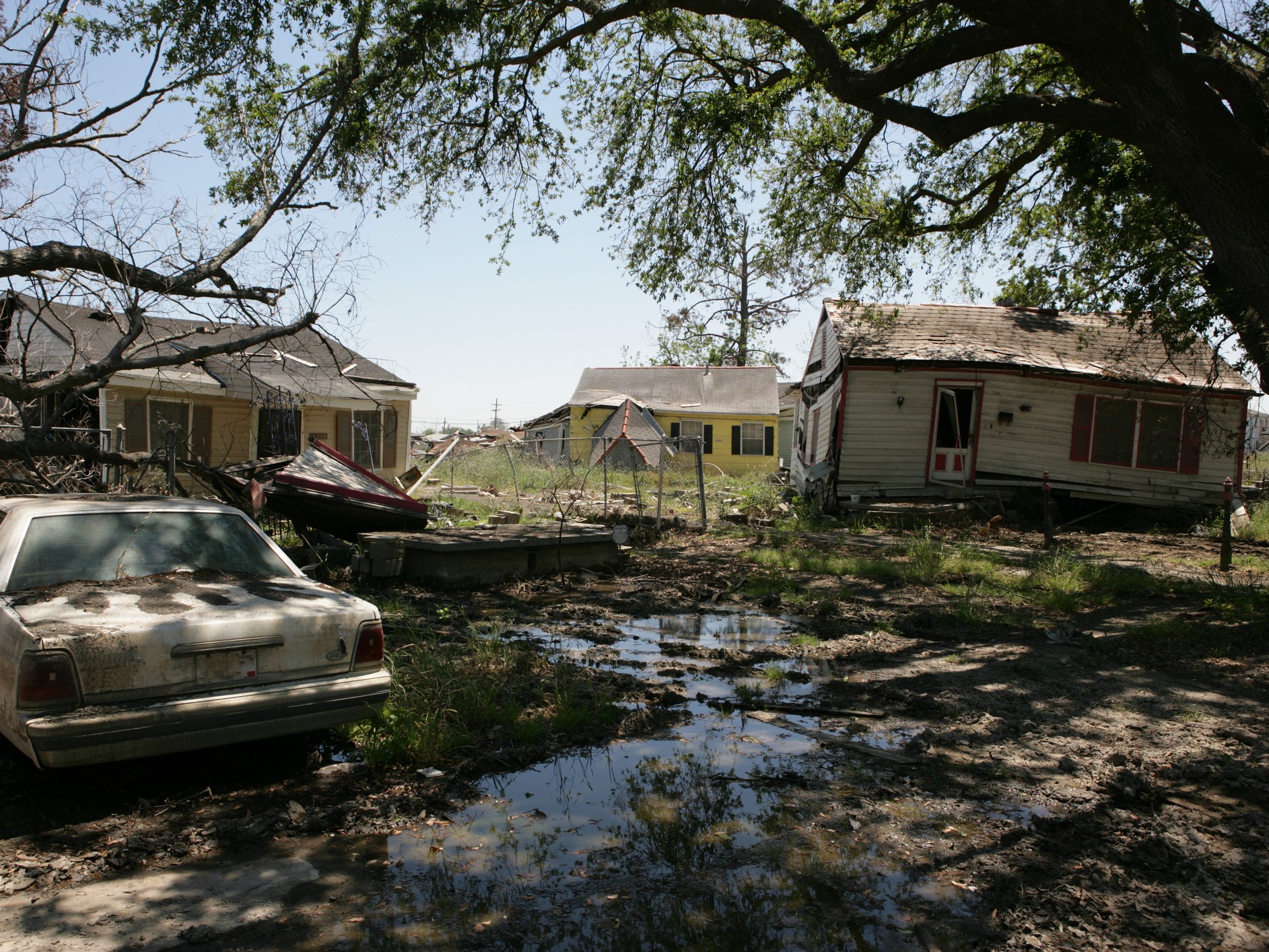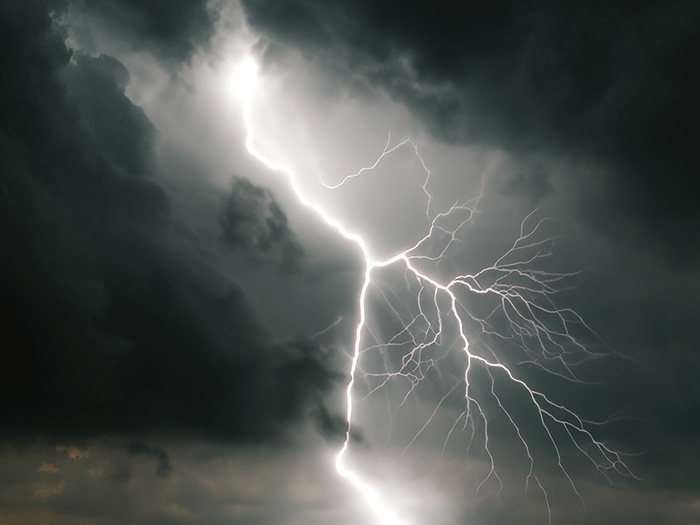Cyber Trolls
Cyber Trolls Menace Reputation and Revenue

Cyber attacks aren’t always the immediately quantifiable attacks of old when hackers steal customer data, sites are harried by denial of service attacks and computer networks are compromised and hijacked.
A new breed of orchestrated campaigns dubbed “troll attacks” are now in the mix.
These attacks, which feature organized disinformation campaigns augmented by social media posts, create an atmosphere of chaos and economic disruption, and can have ripple effects on a company’s reputation and a downstream impact on revenue.
A recent New York Times story by Adrian Chen details one source for such attacks. A pro-Kremlin company called the Internet Research Agency in St. Petersburg, Russia, faked a story on Sept. 11, 2014, about a chemical plant explosion in St. Mary Parish, La., which is a center for numerous chemical companies.
When word of the bogus disaster spread, there was extensive concern online, enflamed by fictional eyewitness accounts on Twitter about the plant explosion and fire.
“If the Russians want to convince the Western world that something dreadful has happened, they could pretty much hoodwink the world.” — Simon Milner, broker, Miller Insurance
According to a whitepaper published in May 2015 by Hays Cos., cyber attacks were once mostly about individuals stealing money or data but now some attacks are about “brand terrorism” that can create an environment of chaos and economic disruption.
“Our clients have seen various types of malicious or mischievous activity, although not to the extent described in the New York Times article,” said Dave Wasson, cyber liability practice leader for Hays Cos., based in Chicago.
“The Internet has provided incredible transparency for sharing information on an anonymous basis and that can often be viewed as one of the best attributes of the Internet. But that transparency cuts both ways in that the Internet provides an equal transparency for sharing misinformation.”
Simon Milner, a broker with Miller Insurance in London, began working in the cyber space nearly 20 years ago and says troll attacks have relatively low frequency but are potentially damaging “blunt instruments.”
Former Soviet Republics — Russia, Estonia, and Latvia — are behind many of these orchestrated efforts, as detailed in the New York Times investigation, he said.
“If the Russians want to convince the Western world that something dreadful has happened, they could pretty much hoodwink the world.”
“I don’t necessarily believe that reputation and revenue can be fully distinguished,” added Wasson.
“Consumers will choose companies they trust and part of that trust is the company’s security. The math underlying reputational harm is very difficult to measure.
“For public companies, we have stock prices, although that certainly doesn’t make valuation easy. It’s still more difficult to measure the financial impact of a diminished reputation for a privately held, nonprofit, or government entity.”
So what insurance solutions should risk managers look for? That depends on the potential exposure, according to James Murtaugh, managing director for BDO Consulting, based in New York City.
Coverage for any kind of cyber attack might fall under a wide variety of policies, including business interruption, GL, property, E&O, D&O and EPLI, depending on how the event affected the company’s revenue and reputation.
He noted that cyber-specific coverages have a shorter waiting period but the loss can be more substantial in a shorter period of time.
“With cyber attacks, the numbers could be too big, in the billions of exposure,” he said.
“Every cyber loss is a very complicated event.”
There are also challenges when trying to explain to the C-suite how troll attacks might impact a company financially, said Murtaugh, who specializes in calculating maximum foreseeable losses from business interruption claims, particularly related to supply chains.
“With cyber attacks, the numbers could be too big, in the billions of exposure.” — James Murtaugh, managing director, BDO Consulting
He advises risk managers to use enterprise risk management (ERM) language to treat reputation risk the same as any property peril, and to get away from the notion that this is all IT-related, because it is not.
“We’re seeing the turning point where people are still definitely uncomfortable about their exposure but understand they have to get more comfortable about it instead of keeping their heads in the sand,” said Michael Born, vice president of global technology and privacy practice for Lockton Cos., based in Kansas City, Mo.
“They need to get their arms around it, and have discussions about what are the exposures [and] what they can do about it. It’s becoming more of a discussion because of the [overall] discomfort about the topic of cyber risks.”
Whether such attacks could harm an individual company’s reputation enough to impact revenue is the open question.
For Born, naming the perils in a troll attack could consist of a media attack (either planted stories on real media or all-out fake media sites), bogus social media posts and fake websites.
“The [cyber] exposures that we’re talking about are changing so fast that it’s hard to keep up with them even when you’re in the business 24/7,” said Born, who advises companies to look for consulting firms that provide constant vigilance over online reputation and business intelligence.
“For a company not in the business of cyber security, it’s very, very difficult to keep up with all that stuff.”
“In event that there was an attack by a Russian-backed troll organization,” Milner said, “our products would pay for a PR consultancy to rehab the image of the policyholder and should there be a significant BI loss, that would also be covered.”
Finally, how can risk managers protect against such attacks, aside from insurance?
Wasson advises high-profile companies — those that are involved in critical infrastructure or have controversial political, religious or ideological stances or activities — to plan for malicious troll attacks as they would for any business continuity, disaster recovery or incident response.
“It doesn’t currently seem that an entity can materially change their exposure to this risk, so the two main things an entity can do are prepare their response plan and, onerous as it may be, treat all information assets as mission-critical,” he said.
“There are certain tools a company can use to check if they are being mentioned on the dark web, but it’s not a given that dark web chatter will precede such an event.”










